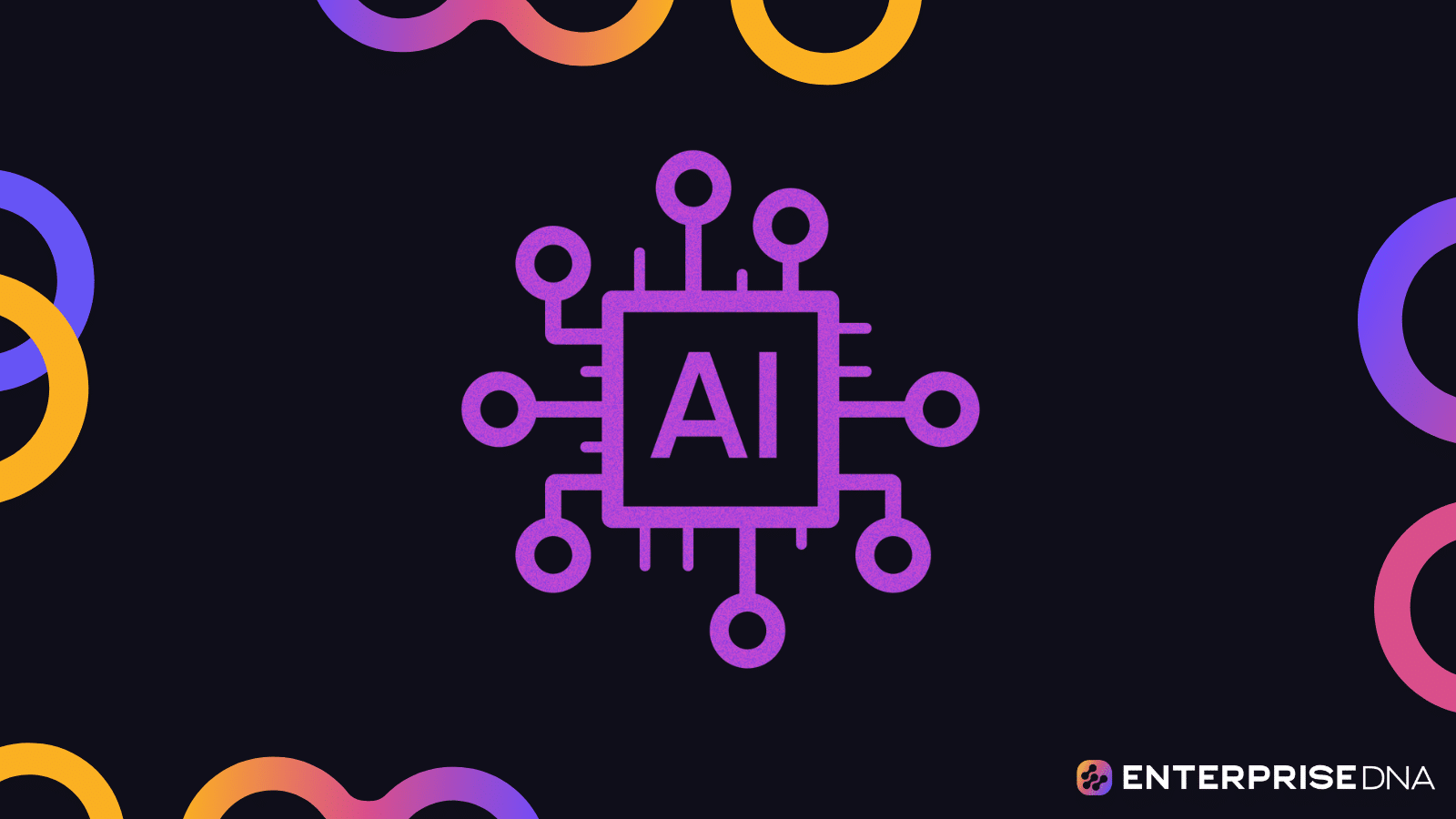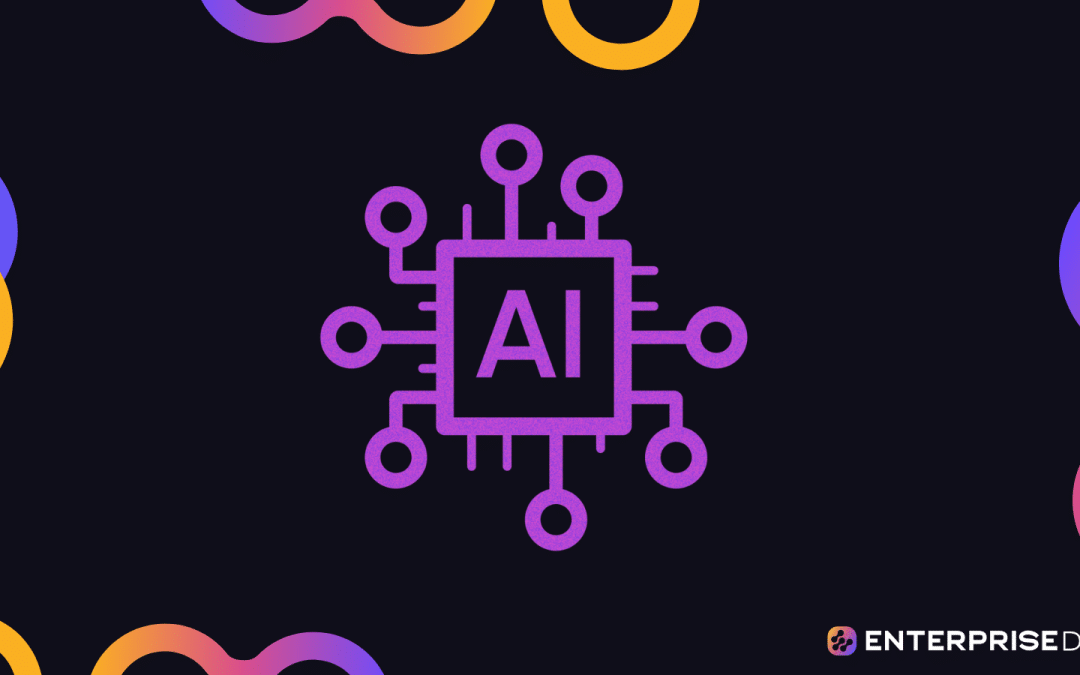Nowadays, apps need to be super smart when it comes to understanding language, and that’s where LangChain comes in! It makes it easy to connect AI models with all kinds of different data sources so you can get your hands on totally customized natural language processing (NLP) solutions.
LangChain is an intuitive open-source framework created to simplify the development of applications using large language models (LLMs), such as OpenAI or Hugging Face. This allows you to build dynamic, data-responsive applications that harness the most recent breakthroughs in natural language processing.
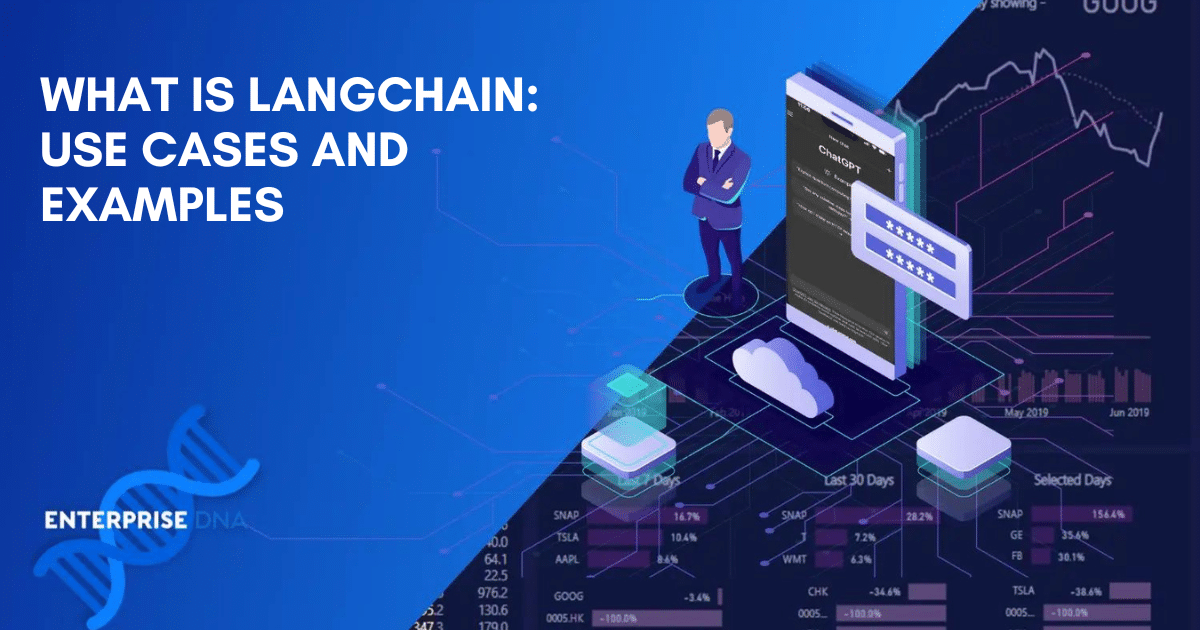
In this article, we will cover the key features of LangChain, including its AI capabilities, the types of data sources it can connect with, and the range of NLP solutions it can offer.
We’ll also dive into some potential use cases for LangChain, from sentiment analysis to chatbots and beyond.
Whether you’re a developer, a data scientist, or simply curious about the latest developments in NLP technology, this article is for you.
So, if you want to learn more about LangChain and how it can help you unlock the power of language in your business or organization, keep reading!
(Running low on time? Scroll down to watch the video version of this article)
What is LangChain?
LangChain is a powerful, open-source framework designed to help you develop applications powered by a language model, particularly a large language model (LLM).
It goes beyond standard API calls by being data-aware and agentic, enabling connections with various data sources for richer, personalized experiences. It can also empower a language model to interact dynamically with its environment.
LangChain streamlines the development of diverse applications, such as chatbots, Generative Question-Answering (GQA), and summarization. By “chaining” components from multiple modules, it allows for the creation of unique applications built around an LLM.
Now that you understand what LangChain is and why it is important, let’s explore the core components of LangChain in the next section.
What are the Core Components of LangChain?
To be able to fully interpret the workings of LangChain, it is important to understand it’s core components.
This section covers the primary aspects of LangChain: language models and APIs, framework and libraries, and documentation and modules.
Let’s get into it!

1. Large Language Models and APIs
LangChain supports language models, including those from prominent AI platforms like OpenAI, which is the company behind the revolutionary chatbot ChatGPT. These models are the foundation for creating powerful, language-driven applications.
LangChain provides an application programming interface (APIs) to access and interact with them and facilitate seamless integration, allowing you to harness the full potential of LLMs for various use cases.
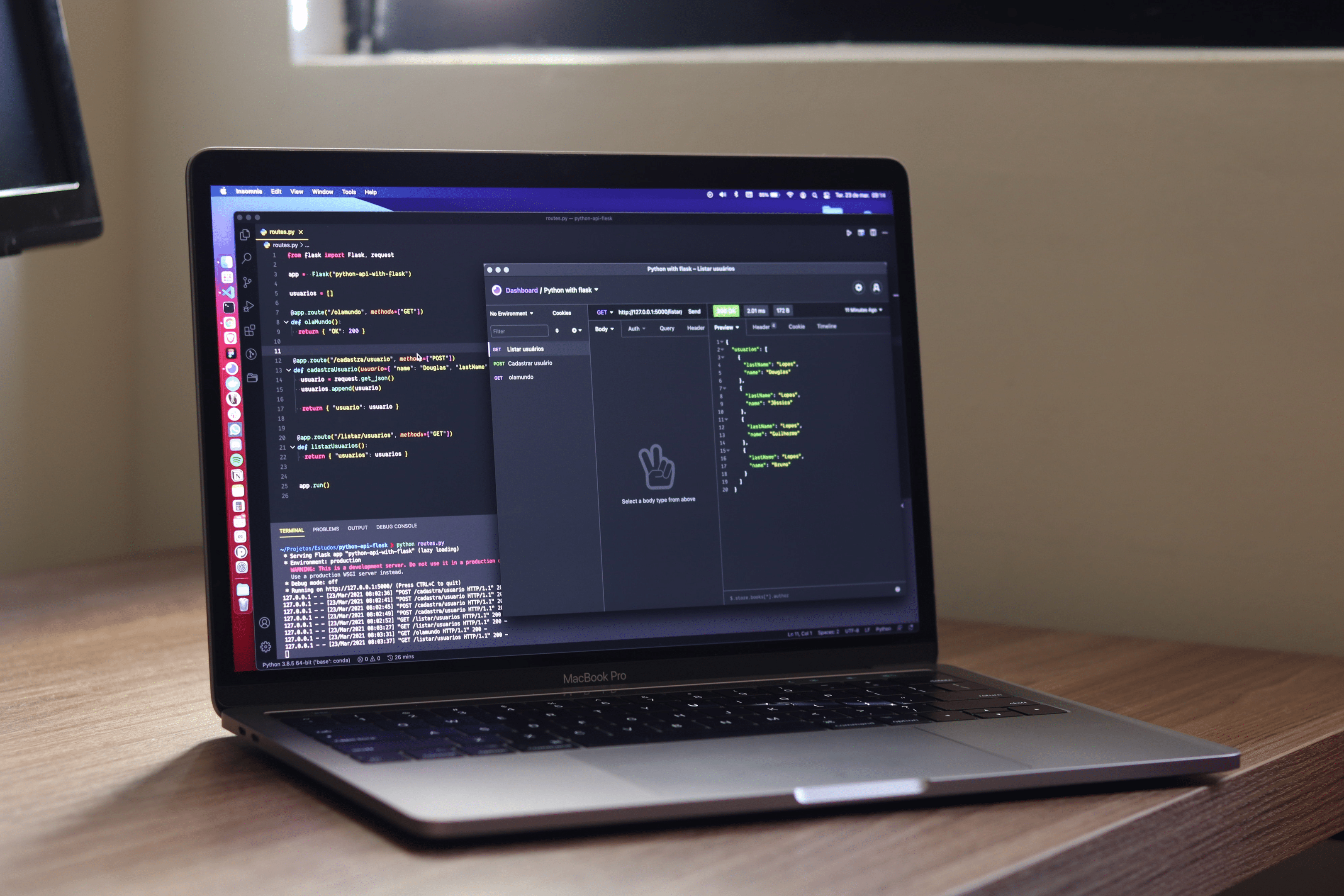
For example, you can create a chatbot that generates personalized travel itineraries based on user’s interests and past experiences.
2. Framework and Libraries
The LangChain framework consists of an array of tools, components, and interfaces that simplify the development process for language model-powered applications.
It offers Python libraries to help streamline rich, data-driven interactions with the AI models by chaining different components together.

Some advantages of the LangChain framework include the following:
Efficient integration with popular AI platforms such as OpenAI and Hugging Face
Access to language-driven data-aware applications by connecting the models to other data sources
Agility through enabling a language model to interact dynamically with their environment
3. Documentation and Modules
To make it easier for you to develop applications using LangChain, the framework has extensive documentation.
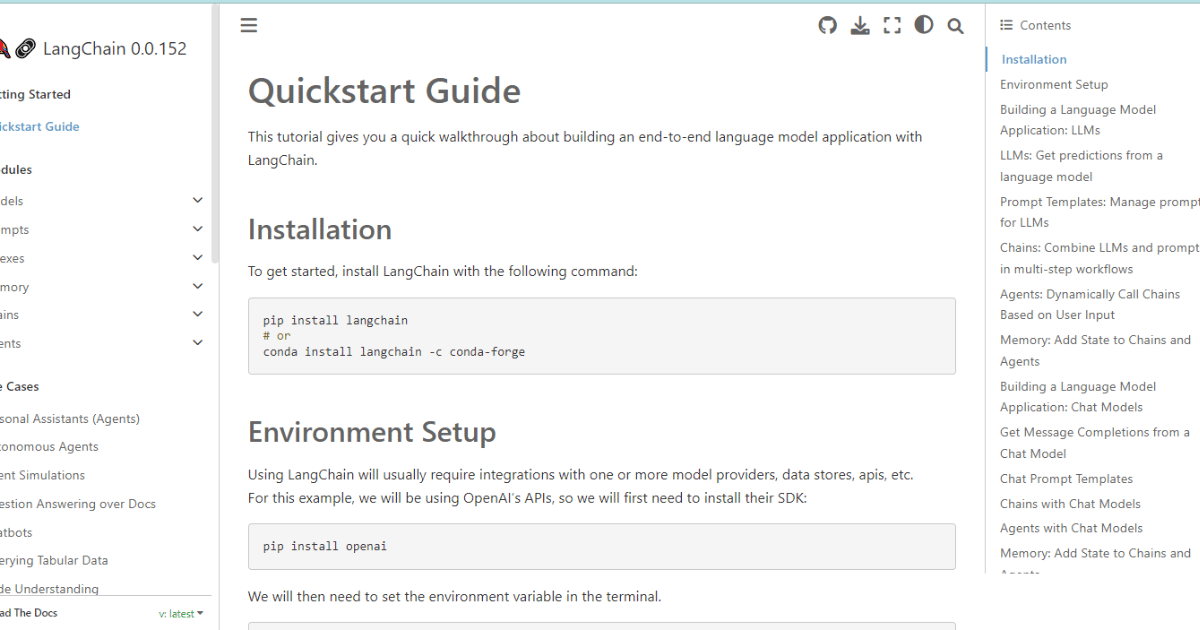
This guide covers different aspects of development, such as:
Setting up your development environment
Integrating preferred AI models
Creating advanced use cases supported by LangChain
In addition, modular construction facilitates high levels of customization for your applications. You can choose and combine modules according to your needs, further enhancing LangChain’s versatility.
Installation and Setup of LangChain
To start using LangChain in your project, first ensure Python is installed on your system. LangChain can be effortlessly installed with pip, Python’s default package manager.
Simply open your terminal or command prompt and enter:
pip install langchainThis command installs LangChain and its required dependencies in your Python environment. Now, you’re ready to harness the power of LangChain for language model-driven applications.
Throughout your project, you may need to connect LangChain with various model providers, data stores, and APIs. For instance, to utilize OpenAI’s APIs, install their SDK:
pip install openaiAfter installing the OpenAI SDK, you can connect it with LangChain by following these steps:
Step 1: Obtain an API key from the OpenAI platform.
Sign up or log in to your account on the OpenAI website, then navigate to the API Keys section.
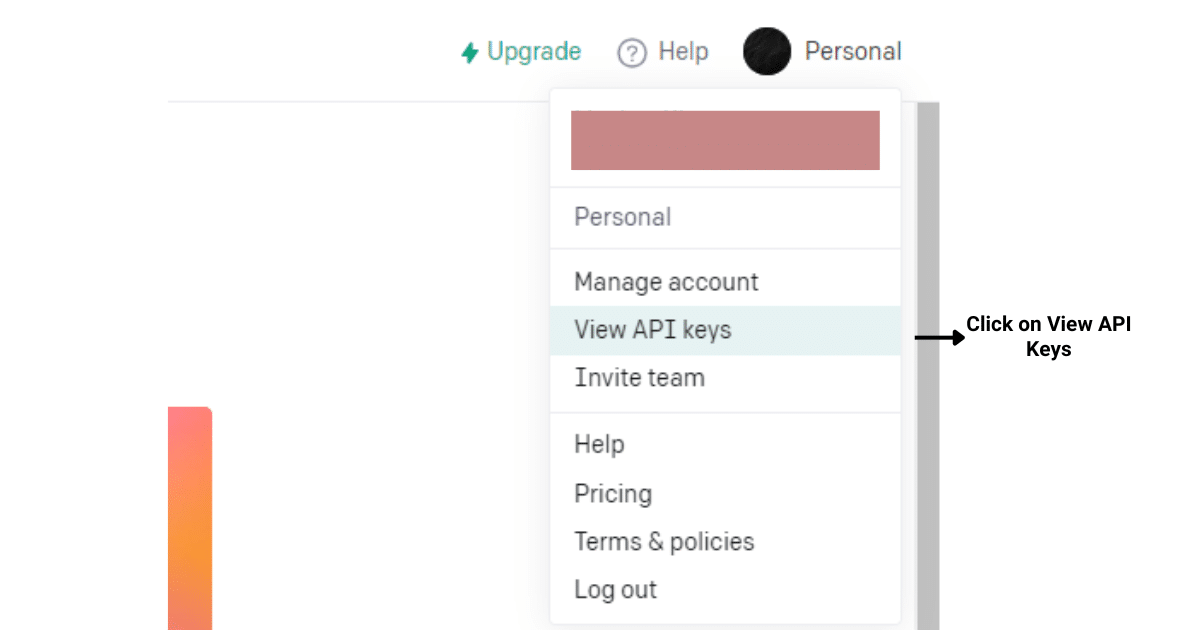
Click on Create New Secret Key.
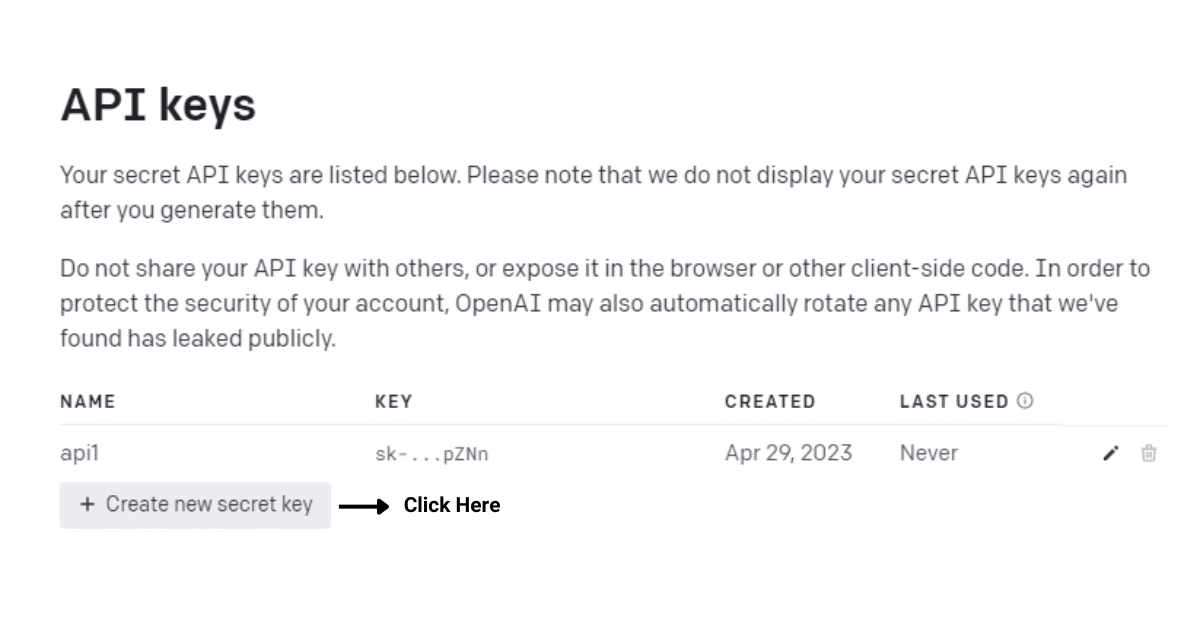
Give your key a unique name and click Create New Key.
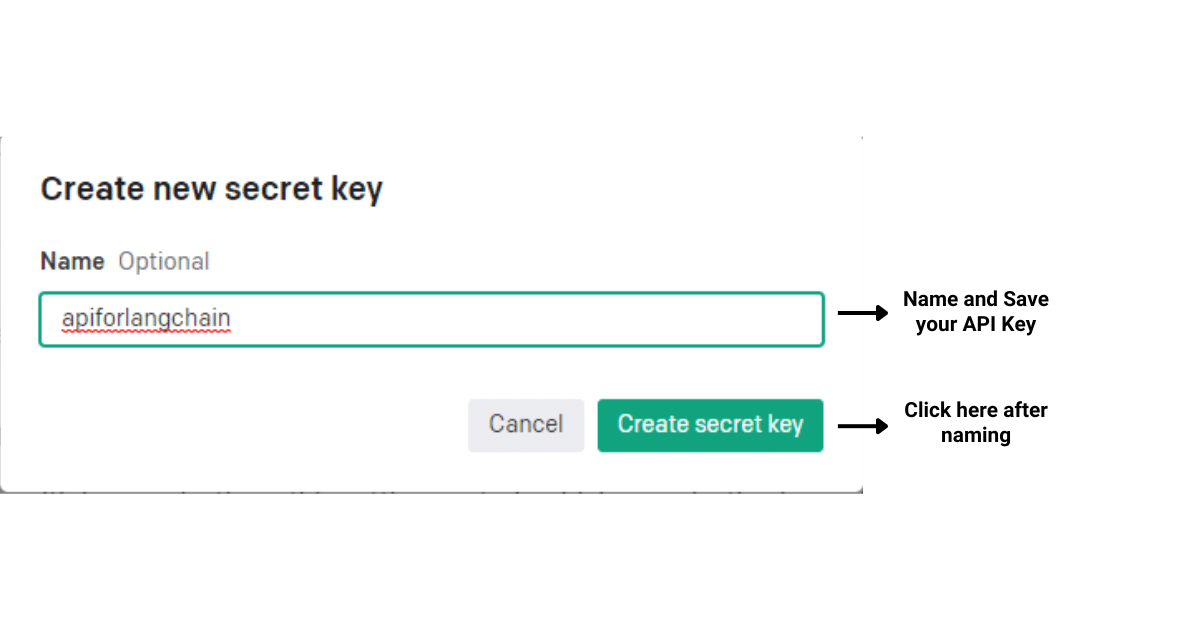
Now you can copy your newly generated secret key and use it in your applications.
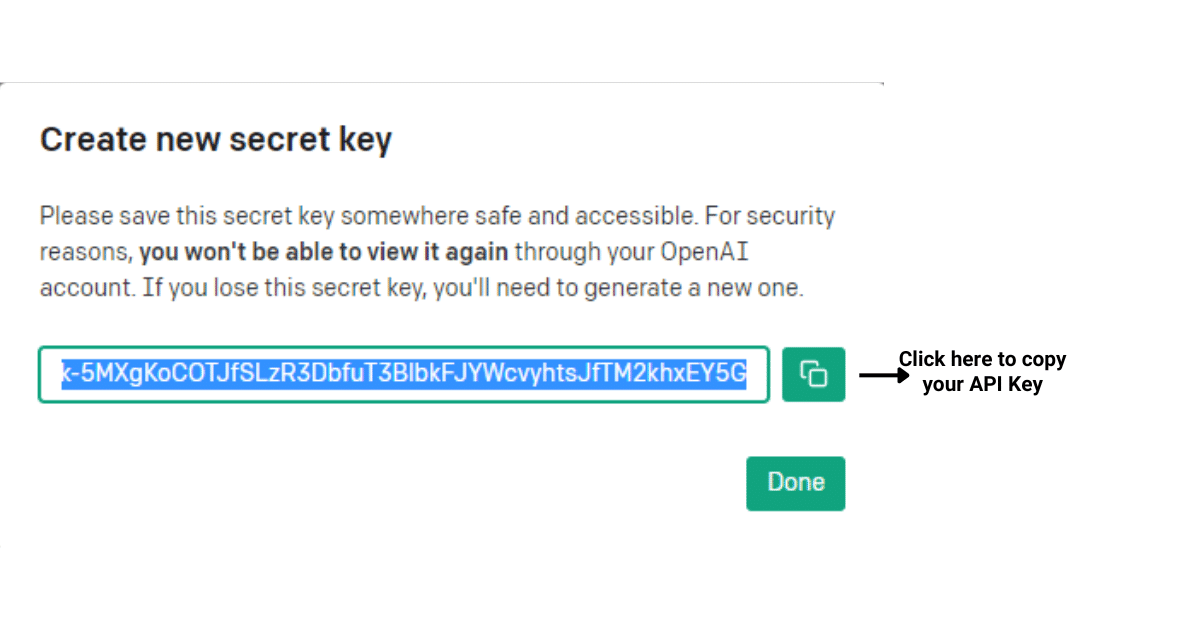
Step 2: Set up the OpenAI API key as an environment variable in your project to ensures secure access without hardcoding the key in your code. For example, in a .env file, add the following line:
OPENAI_API_KEY=your_api_key_hereStep 3: In your Python script, import the necessary libraries and load the environment variable:
import os
from dotenv import load_dotenv
import openai
import langchain
load_dotenv()
openai.api_key = os.getenv("OPENAI_API_KEY")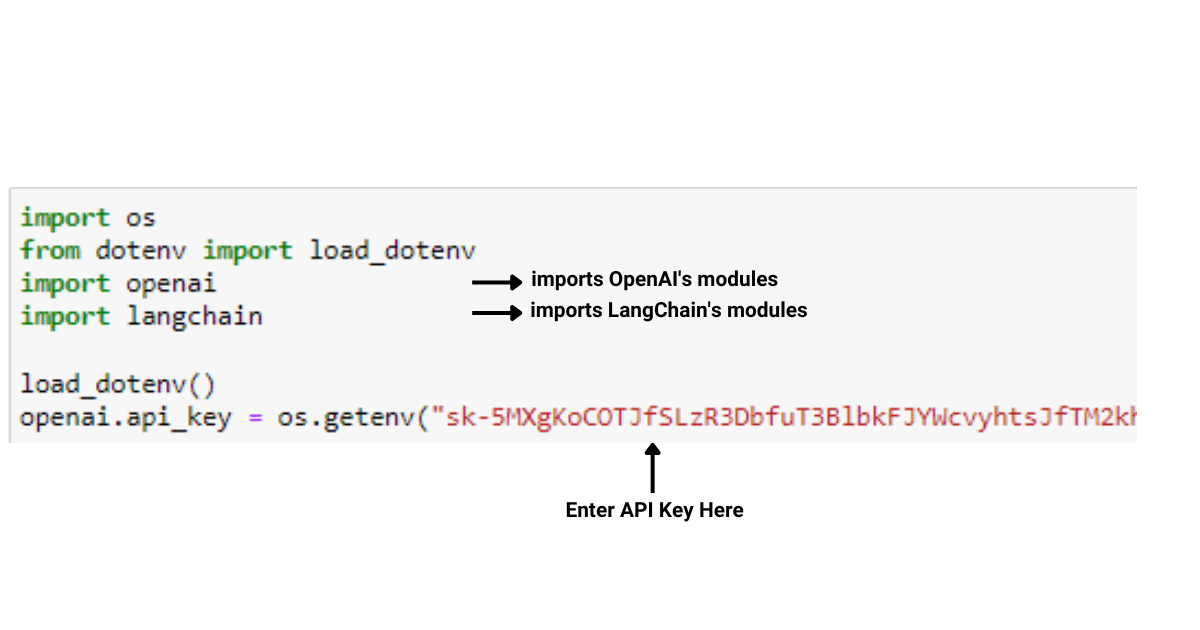
Step 4: Now, you can use LangChain to interact with the OpenAI API. For example, to generate a text response using GPT-3:
response = langchain.generate_text(prompt="What are the benefits of using LangChain?", model="openai/gpt-3")
print(response)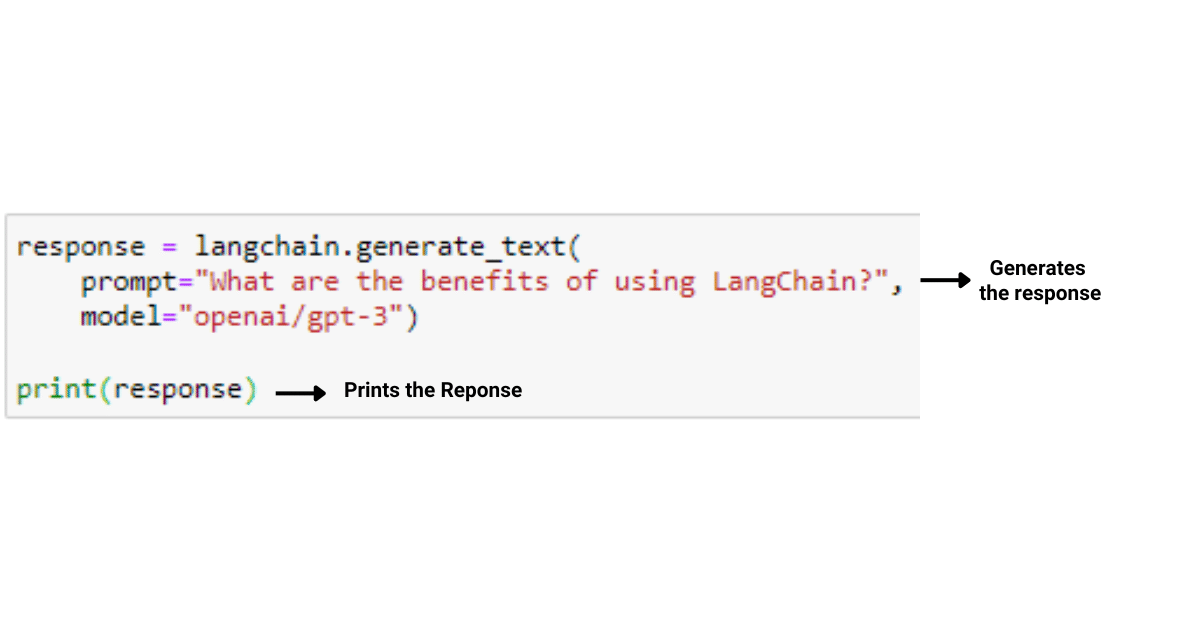
Now that you know how to set up your development environment using the OpenAI API key, we take at how you can develop apps using LangChain in the next section.
How to Develop Applications with LangChain
LangChain is an open-source framework designed for developing applications powered by a language model.
You can utilize its capabilities to build powerful applications that make use of AI models like ChatGPT while integrating with external sources such as Google Drive, Notion, and Wikipedia.

Developing applications with LangChain is a straightforward process that involves the following steps.
Define your use case: First, you need to define your use case and requirements, which will help you select the appropriate components and LLMs to use.
Build the logic: Next, you can use LangChain’s flexible prompts and chains to build the logic of your application. You can also use LangChain’s code to create custom functionality tailored to your use case. Once you have built the application’s logic, you can use LangChain’s components to add specific features, such as data extraction or language translation.
Set and manipulate context: Finally, you can set and manipulate context to guide your application’s behavior and improve its performance. With LangChain, you have the power to create highly customized and feature-rich applications using LLMs with ease.
The above should give you a basic understanding of how to develop applications using LangChain. In the next section, we’ll explore the different applications that find extensive use cases for LangChain.
3 Application Examples of LangChain
LangChain allows you to build advanced applications using a large language model (LLM). With its flexibility, customization options, and powerful components, LangChain can be used to create a wide variety of applications across different industries.

The following are some of the examples where LangChain is extensively used:
1. Text Summarization (Data Augmented Generation)
With LangChain, you can develop applications that handle text summarization tasks efficiently.
By leveraging powerful language models like ChatGPT, your application will be able to generate accurate and concise summaries of large texts, allowing your users to quickly grasp the main points of complex documents.
2. Question Answering
Another use case for LangChain is building applications that provide question answering capabilities.
By integrating with a large language model, your application can receive user-inputted text data and extract relevant answers from a variety of sources, such as Wikipedia, Notion, or Apify Actors. This functionality can be beneficial for users seeking quick and reliable information on different topics.
3. Chatbots (Language Model)
LangChain is a valuable tool for creating chatbots powered by language models. By taking advantage of LangChain’s framework and components, your chatbot applications can provide a more natural and engaging user experience.
Users can interact with your chatbots for general conversation, support inquiries, or other specific purposes, and the language model will generate context-aware responses.
These application examples are just a few ways in which you can utilize LangChain to build powerful and versatile applications. By understanding the strengths of language models, you can create innovative solutions that cater to the needs of your users.
What are Integrations in LangChain?
LangChain provides end-to-end chains integration to make working with various programming languages, platforms, and data sources easier for you.
This ensures that you can seamlessly build applications utilizing a language model in the environment of your choice.

In terms of programming languages, LangChain provides support for both JavaScript and TypeScript, you can leverage the power of LangChain in web-based and Node.js applications and take advantage of the robust type-safety features TypeScript provides.
Here’s a short list of key integrations LangChain has to offer:
Large Language Models (LLMs): OpenAI, Hugging Face, Anthropic, and more.
Cloud Platforms: Azure, Amazon, Google Cloud, and other popular cloud providers
Data Sources: Google Drive, Notion, Wikipedia, Apify Actors, and more.
By utilizing these integrations, you can create more advanced and versatile applications centered around a language model.
This will help you develop and deploy your projects quickly and efficiently, leveraging the right tools and resources for your needs.
Advanced Features and Customization of LangChain
LangChain offers advanced features and customization options for creating powerful applications using LLMs.
You can tailor your application’s behavior and build sophisticated use cases such as Generative Question-Answering (GQA) or chatbots.

The following are some of the key features of LangChain:
Customizable prompts to suit your needs
Building chain link components for advanced use cases
Code customization for developing unique applications
Model integration for data augmented generation and accessing high-quality language model application like text-davinci-003
Flexible components to mix and match components for specific requirements
Context manipulation to set and guide context for improved accuracy and user experience
With LangChain, you can create feature-rich applications that stand out from the crowd, thanks to its advanced customization options.
To help you take full advantage of LangChain’s features, let’s take a look at some valuable resources you could use in the next section!
Resources and Support for LangChain
LangChain comes with various resources and support to help you develop powerful language model-powered applications.

Following are some of the key resources that you can use when working with LangChain:
AI Libraries such as OpenAI and Hugging Face for AI models
External sources such as Notion, Wikipedia, and Google Drive for targeted data
LangChain documentation for guides on connecting and chaining components
Data augmentation to improve context-aware results through external data sources, indexing, and vector representations
Lastly, engaging with the LangChain community and dedicated support slack channel can be beneficial if you encounter challenges or want to learn from others’ experiences. From forums to online groups, connecting with fellow developers will enrich your journey with LangChain.
Final Thoughts
LangChain offers a comprehensive approach to developing applications powered by generative models and LLMs. By integrating core concepts from data science, developers can leverage multiple components, prompt templates, and vector databases to create innovative solutions beyond traditional metrics.
As technology evolves, agents involve more sophisticated elements, including chat interfaces, offering more comprehensive support in various use cases.
Whether you’re developing chatbots, sentiment analysis tools, or any other NLP application, LangChain can help you unlock the full potential of your data. As NLP technology continues to evolve and grow in importance, platforms like LangChain will only become more valuable.
So, if you’re looking to stay ahead of the curve in the world of NLP, be sure to check out LangChain and see what it can do for you!

